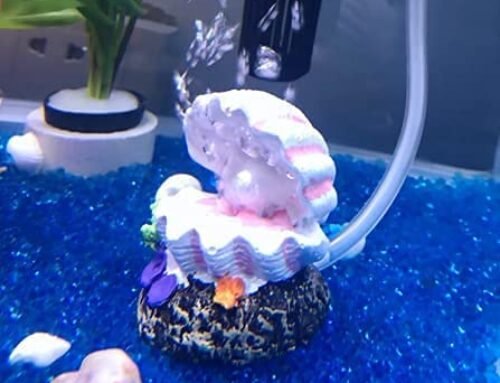 Visitors and residents should exercise caution and keep children and pets out of the water in any areas where algae are observed
Visitors and residents should exercise caution and keep children and pets out of the water in any areas where algae are observed
The City of Boulder reminds residents and open space and parks visitors to exercise caution as sustained high temperatures have increased the risk of potentially harmful algae blooms at city lakes and ponds.
In particular, the city advises residents to keep children and pets out of Wonderland Lake in north Boulder, where potentially harmful, blue-green algae blooms have been identified. Residents are also advised that algae has been reported at Thunderbird Lake in southeast Boulder. Whenever community members see algae at area lakes and ponds, they should exercise significant caution to keep their pets out of those areas and avoid contact with water.
The city will install signs in the Wonderland Lake area that remind visitors to follow current regulations that prohibit swimming, wading and boating at the lake and to keep their dogs out of the water. Because fishing is allowed at Wonderland Lake, visitors should exercise caution while fishing and follow state recommendations to clean any caught fish thoroughly and to discard guts appropriately. The city also reminds visitors that swimming and wading are also not allowed in Thunderbird Lake.
Blue-green algae, also known as cyanobacteria, naturally occurs in aquatic ecosystems and can appear rapidly – especially during the summer with hot weather and in slow-moving water bodies, such as lakes, according to the Colorado Department of Public Health and Environment. Some cyanobacteria species can produce cyanotoxins during algal blooms which can be harmful at elevated levels if ingested by dogs, wildlife and humans, or during wading and other recreational contact with water. The toxicity of a cyanobacteria bloom is difficult to predict because a single species can have toxic and non-toxic strains, and toxic strains do not always produce toxins.
The City of Boulder does not test for blue-green algae regularly because of the many lakes and ponds it manages but may monitor when reported. Because swimming, boating and wading are prohibited in the Wonderland Lake and Thunderbird Lake areas, the city does not anticipate conducting additional testing in those locations. However, the City of Boulder stresses that visitors and residents should exercise caution and keep children and pets out of the water in those areas or any areas where algae are observed.
The City of Boulder continues to monitor reports of blue-green algae and will provide additional notices if it is found at city lakes and ponds. According to the Colorado Department of Public Health and Environment, harmful algae blooms often have the following characteristics:
- May look like thick pea soup or spilled paint on the water’s surface.
- Can create a thick mat of foam along the shoreline.
- Usually are green or blue-green, although they can be brown, purple or white.
- Sometimes are made up of small specks or blobs floating just at or below the water’s surface
Harmful algae blooms are not:
- Long, stringy bright green grass strands that feel either slimy or cottony.
- Mustard yellow (this probably is pollen).
Published: Aug. 16, 2019
Media Contacts:
Phillip Yates, Open Space and Mountain Parks, 303-349-2438
Denise White, Parks and Recreation, 303-413-7258
Bryan Rachal, Deputy Director of Communication, 303-441-3155





